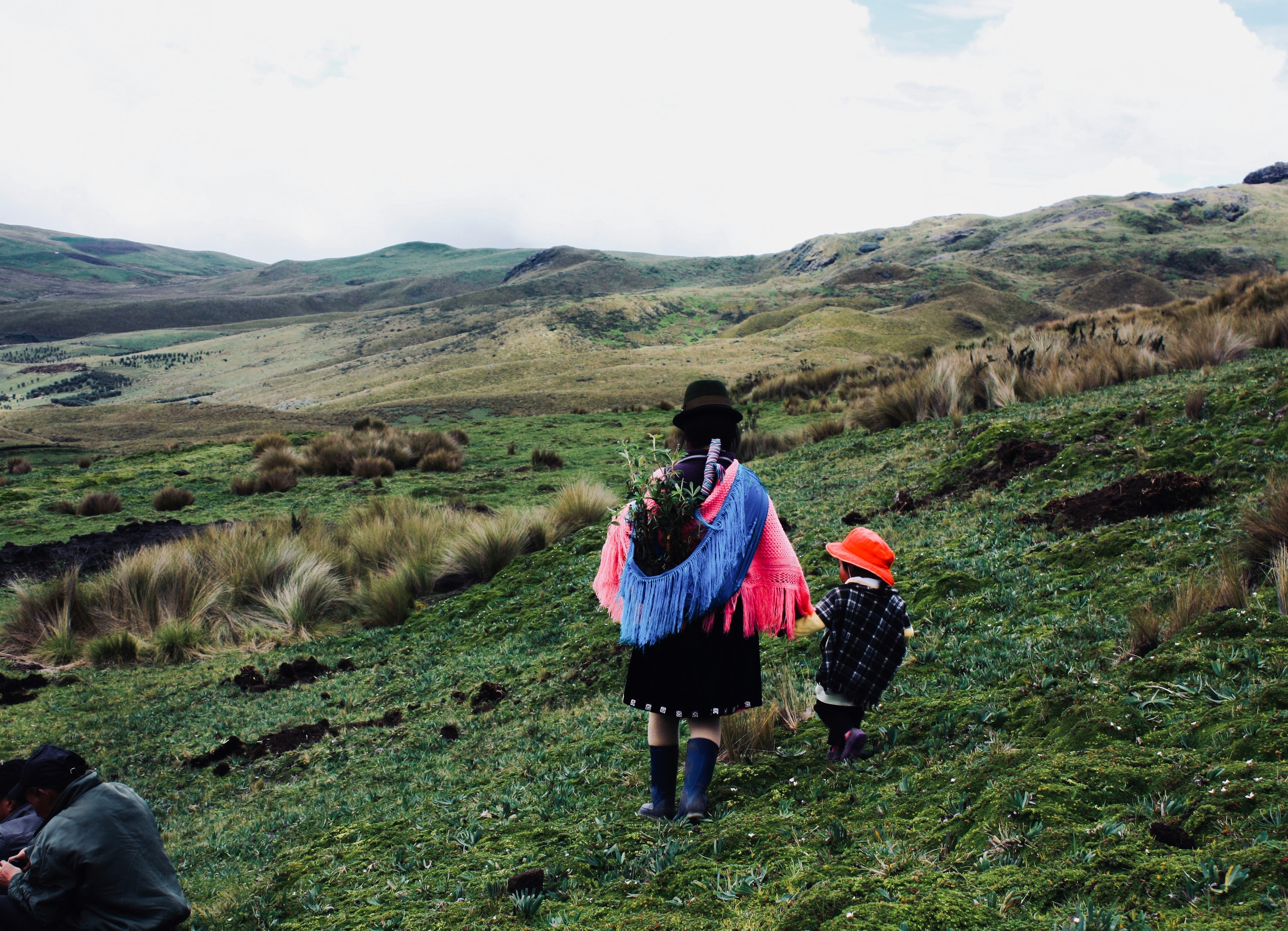How computer vision will help to deliver the UN Global Goals

Stay up to date:
Sustainable Development
The Earth recently reached its 2017 ‘overshoot’ – the point in the year at which, due to human activity, we have chewed through more resources and generated more waste than our home can support in one trip around the sun.
It’s a depressing thought, I know, but as a technologist I take some comfort from the idea that humans, for all our flaws, have used our brains and opposable thumbs as a force for good across dozens of millennia too. All around us, we see innovation in technology at the heart of sustainable development in the 21st century.
An area of particular potential is that of augmented reality (AR) and computer vision - the field of AI that trains lenses to recognise and understand the world they see. Seen through the prism of the UN’s Global Goals on Sustainable Development, below are some ideas for how I see these fast-developing technologies delivering positive social and environmental impact in the coming years.
Currently around a third of all food produced for human consumption is wasted. In 35 years’ time, there will be ten billion of us and the world will need to produce 60 percent more food than we do now. However, just as we tamed wheat and grazing ruminants, it will be down to our mastery of technology to make this possible.
Already, drones can harness augmented reality and computer vision systems to map, monitor and plan food production, allowing farmers and growers to assist them in efficiently planning their fields to maximise harvests and reduce waste. There are obvious benefits of scaling this and using real time data sharing to link up networks of farmers and food producers. Also farmers in lesser sophisticated economies could use their simple feature phones to take pictures of soil to know what's the geological health and what kind of crop can be regrown to utilise farming land beyond one crop per season per year.
Whether you’re the patient of an under-resourced health service in the developing world, or a generously-resourced but dysfunctional health service in one of the world’s largest economies (stats show that over 44% of WHO Member States report to have less than 1 physician per 1000 population), it’s my hope that the years ahead will see AR and computer vision put into practice researching, diagnosing, treating and preventing disease.
We already see hardware such as Microsoft’s HoloLens in play as a high-end surgical aid, and facial recognition used to identify genetic conditions such as Down Syndrome at an early stage. But for me the real magic will come from computer vision and AR supporting the staff of a small rural hospital in Mozambique, say, where public health is provision is poor but mobile penetration is high, to deliver more sophisticated medical solutions through a solar powered smartphone.
It’s a sad truth that a ‘normal’ classroom education simply isn’t available to many young people. Priorities are different and economic needs or external forces require children to be elsewhere.
It seems incongruous to suggest that computer vision and AR – conceptual technologies which require physical hardware – can be brought into play in villages without the light to work or do homework after dark, but such a reality is not far off. There is a UN think piece that suggests education will move away from classrooms to a more continuous and informal basis. In that world, with mobile devices pervasive, computer vision and AR can decrease learning time, make it easier to retrieve information much more varied than that found in a textbook.
Having the tools to access information and services through visual search (in other words, being able to search the internet through sight without the need for high levels of literacy or language skills) will combine interaction through visuals, audio and words to suit different abilities and education levels.
A new breed of machinery is being developed that is more accurate and efficient than ever before. By incorporating computer vision and augmented reality into industrial machines, they become able to work at levels of precision that have so far been unattainable – improving factory quality, efficiency and output.
AR will allow for precise mapping of infrastructure projects in real time, creating a more efficient system by reducing the margin of error and ensuring a project is feasible from the outset. Driverless vehicles will increase accuracy while reducing costs for large infrastructure projects, as well as for personal cars, potentially changing the type of infrastructure required through a reduction in demand. So, as well as the potential to prevent accidents, fewer cars could mean fewer roads, changing the way we build infrastructure as well as adding environmental benefits.
It is my hope that those of us who are working to make AR and computer vision a useful day-to-day technology can equip and inspire researchers, legislators and campaigners to manage climate change and environmental damage. Think, as a crude example, of an augmented ‘before’ and ‘after’ image of desertification or pack ice melting. On the flip side, AR and computer vision could be called on to help us fight disasters such as wildfires, storms and floods by for example linking remote monitoring systems and helping responders detect issues early.
I believe we are now in the position where the application of technology to solving some of the world’s most difficult challenges has real power to change everyday life for good. By challenging conventions in teaching, medicine and engineering to empower people and businesses to view the world through technology that bridges the gap between the physical and digital worlds, computer vision and augmented reality gives us the ability to work more efficiently and more effectively, creating tangible new ways of delivering positive social impact.
Don't miss any update on this topic
Create a free account and access your personalized content collection with our latest publications and analyses.
License and Republishing
World Economic Forum articles may be republished in accordance with the Creative Commons Attribution-NonCommercial-NoDerivatives 4.0 International Public License, and in accordance with our Terms of Use.
The views expressed in this article are those of the author alone and not the World Economic Forum.
Related topics:
Forum Stories newsletter
Bringing you weekly curated insights and analysis on the global issues that matter.
More on Sustainable DevelopmentSee all
Murchana Roychoudhury and Saurabh Shah
August 12, 2025
Elizabeth Henderson and Daniel Murphy
August 8, 2025
De Rui Wong and Keebum Kim
August 7, 2025
António Costa
August 6, 2025
Mauricio Zuazua and Francisco Betti
August 4, 2025
Anurit Kanti
August 4, 2025





